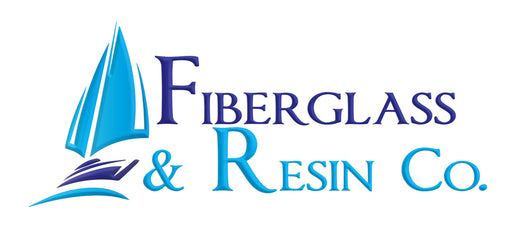Woven Roving

When boat building, woven roving is a great option. It is commonly used in conjunction with fiberglass mat. Woven roving is a heavy, coarse plain weave fabric. Bundles of roving are woven together loosely at a 90 degree angle. It comes in 18 and 24 oz weights but we only carry the 24 ounce. Woven roving quickly builds up thickness. The continuous filaments add strength to your part. A drawback, though, is that with the woven bundles there is crimping. The crimp points can break or fracture. As mentioned above, woven roving is typically layered with fiberglass mat. The reason to use mat with roving is because of the knobbiness or bumpiness of the roving. It is hard for one layer of roving to adhere to another layer of roving or even fiberglass fabric. There will be many voids left behind if it is layered without mat. The finished product will be really heavy from the extra resin needed to fill in those voids. In summary, the pros of woven roving are that it is a great way to build up strength and thickness in a laminate. The cons are that it can be really heavy and has the potential to crimp.
Stitched/ Knitted Fabric

Stitched fabric (also known as knitted fabric) is another great option in boat building and in the composite industry. The most commonly used stitched fabric is DBM 1708. The 1708 is a 17 ounce +/-45 bias fabric with a 3/4 ounce chopped strand mat stitched to it. Stitched fabric is bundled and then stitched together. It provides maximum directional strength and wets out really fast. It saves time in multi-layer layups. There is no crimping since the fabric is stitched instead of woven. Stitched fabric is compatible with vinyl ester and polyester resins only. This is because of the fiberglass mat layer. It is not compatible with epoxy resin.
